As winter fades, mushroom hunters may begin looking for their favorite treats in local forests and meadows. However, mushroom picking should be done with caution, as there are many toxic mushrooms that resemble edible ones. Below we will look at a few edible mushrooms paired with their dangerous look-a-likes, as well as a few other mushrooms to avoid. This should not be considered a complete list of edible mushrooms or toxic mushrooms.
If anyone is exposed to a potentially dangerous or unknown mushroom, do not hesitate to contact your local Poison Center, at 1-800-222-1222, for further help. Every poison center has specialists trained in your local plants and in certain cases can even reach out to professional mycologists (someone who works with fungi such as mushrooms) to assist with poisonings.
Edible Mushroom and Toxic Mushroom Look-a-likes
Morels (Morchella) are confused with False Morel (Gyromitra esculenta)
True morels (morchella) are often confused with false morels (Gyromitra Esculenta). The danger of the false morel is the chemicals (gyromitrin) they contain that the body converts to Monomethylhydrazine (MMH). MMH interferes with the body’s ability to produce certain chemical signals in the brain. This can lead to weakness, tiredness, incoordination, confusion, coma, and seizures. In addition, there can be nausea, vomiting, and damage to the liver and kidneys. Symptoms can be delayed by about 5-10 hours after eating this dangerous mushroom. If someone becomes sick after eating a false morel, there are specialized treatments that need to be given in the hospital.
Meadow Mushrooms (Agaricus campestris) are confused with Death Cap (Amanita phalloides)
Meadow mushrooms (Agaricus Campestris) are often confused with multiple dangerous kinds of mushrooms. They may be mixed up with the death cap mushroom (Amanita phalloides) and its deadly relatives, including the Destroying Angel (Amanita bisporigera). Amanita mushrooms can be deadly if ingested. Amanita toxin is taken up by the liver and causes changes that make it unable to generate the proteins it needs to survive. Symptoms may be delayed by about 6-24 hours after eating the mushroom. A person may have nausea, stomach pain, diarrhea that may have blood in it, and fever to start. After 24 hours, these symptoms may improve, but the liver will still be undergoing damage, and the person will eventually become much sicker. Eventually the person could even have damage to the kidneys, heart, and lungs as well. There are some specialized treatments that can be given in a hospital. However even with treatment, some people may still continue to be sick and require a liver transplant or even die.
Parasol mushroom (Macrolepiota procera) are confused with Vomiter (Chlorophyllum molybdites)
The Parasol mushroom may be confused with the false parasol or vomiter (Chlorophyllum molybdites). It earns its common name because it can produce nausea, vomiting, stomach pain, diarrhea, weakness, and sweating within 30 minutes to up to 4 hours after ingestion.
Chanterelles (Cantharellus) are confused with Jack-o’-Lantern Mushrooms (Omphalotus illudens)
Chanterelles may be confused with the dangerous Jack-o’-Lantern mushroom. If eaten it will cause severe nausea, vomiting, diarrhea, and stomach pain usually within about 2-4 hours of ingestion.
Other Toxic Mushrooms to Avoid:
Fly Agaric (Amanita muscaria)
This is the classic mushroom with a speckled cap used in fairy tales and story books. However, it is not as harmless as stories would have you believe. These mushrooms contain ibotenic acid, which can cause agitation (upset), hallucinations, and seizures. In the body, ibotenic acid is converted to muscimol, which can cause sleepiness, unsteadiness, changes in behavior, and delirium (confusion). After eating the mushroom, you could see the set of symptoms from ibotenic acid, the set of symptoms from muscimol, or both. Symptoms usually start about 2 hours after ingestion but can last about 12 hours.
Deadly Galerina (Galerina marginata)
Deadly Galerina has a similar toxin to the Destroying Angel and Death Cap listed above. Its nicknames are funeral bell or deadly skullcap. It may also cause severe liver damage and even death.
Inky Cap Mushroom (Coprinopsis atramentaria ) with alcohol
This mushroom is considered edible, but with one major exception: it should not be ingested with alcohol. In fact, one of its common names is Tippler’s bane (in reference to it causing trouble to those who are tipplers – e.g., regular consumers of alcohol). If this mushroom is ingested while drinking alcohol, or if alcohol is ingested within 5 days of eating these mushrooms, a very unpleasant reaction occurs. The mushroom has a chemical that cannot be destroyed by cooking and interferes with the body’s ability to process alcohol. This leads to a reaction that causes nausea, vomiting, flushing of the skin, sweating, shortness of breath, and rapid heartbeat. Sometimes more severe symptoms can occur such as chest pain, drops in blood pressure, and confusion. Symptoms will usually subside after several hours.
If you are interested in learning more about mushrooms, you can contact your local mycology or mushroom society. The North American Mycological Association is a good place to start. Mushroom hunting can be a wonderful hobby, but it must be done with care and proper knowledge to avoid dangerous mistakes.
Amber Ferrell, PharmD
Certified Specialist in Poison Information

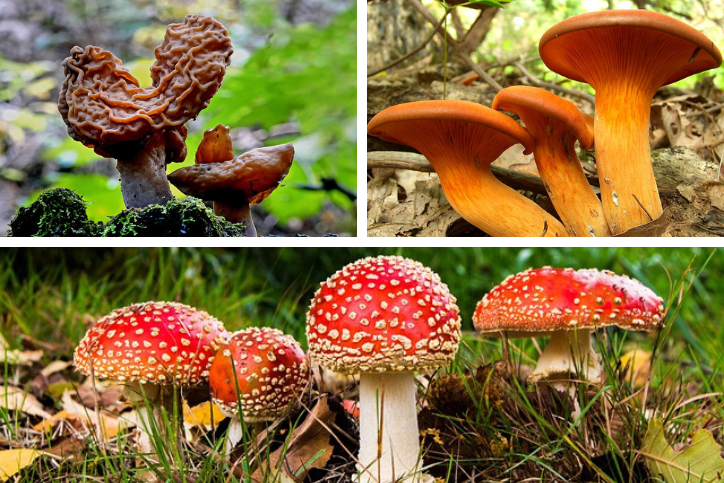
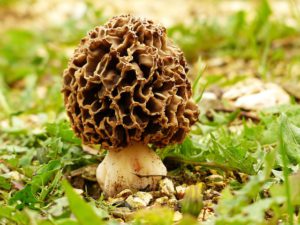
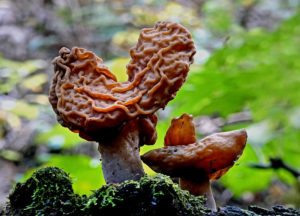
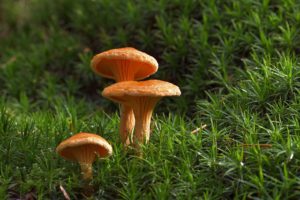
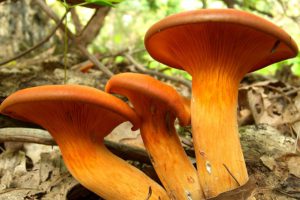
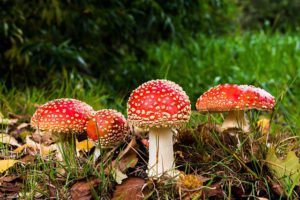



Leave a Reply